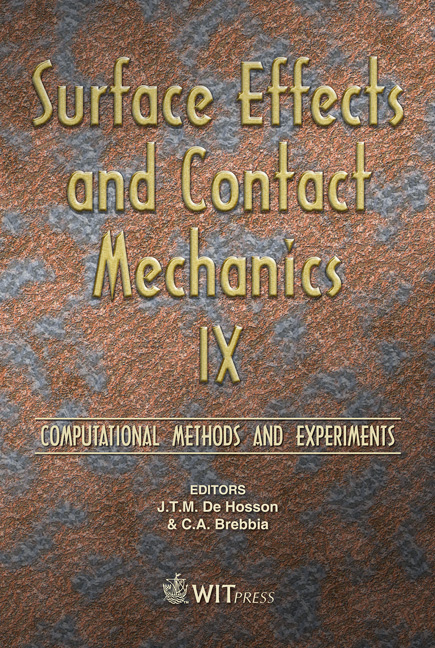Dichromate Effect On The Passive Layer Of 316L Stainless Steel
Price
Free (open access)
Transaction
Volume
62
Pages
10
Page Range
27 - 36
Published
2009
Size
815 kb
Paper DOI
10.2495/SECM090031
Copyright
WIT Press
Author(s)
M. Askarian, M. Peikari & S. Javadpour
Abstract
The resistance of a passive layer of stainless steel depends on the alloy composition and conditions in which it is generated. Chemical treatment on steel parts could improve the passive layer. In present work, the effect of passivation treatment, with immersion in a dichromate solution with concentrations 10, 20, and 40 g/l for 24 and 72 hr on the stainless steel 316L was investigated. Polarization and electrochemical impedance spectroscopy studies, conducted in NaCl 3.5%, show that 20 g/l dichromate passivation treatment for 72hr would improve corrosion resistance markedly due to the diffusion control reaction. SEM results imply that passivation treatment is advantageous to improve the smoothness. XPS analysis indicated that a stable mixture compound layer was formed and the passive film can be described by a bi-layer model (inner oxide and outer hydroxide layers). Keywords: passive layer, 316L stainless steel, dichromate, chemical treatment, EIS, SEM, XPS.
Keywords
passive layer, 316L stainless steel, dichromate, chemical treatment, EIS, SEM, XPS





